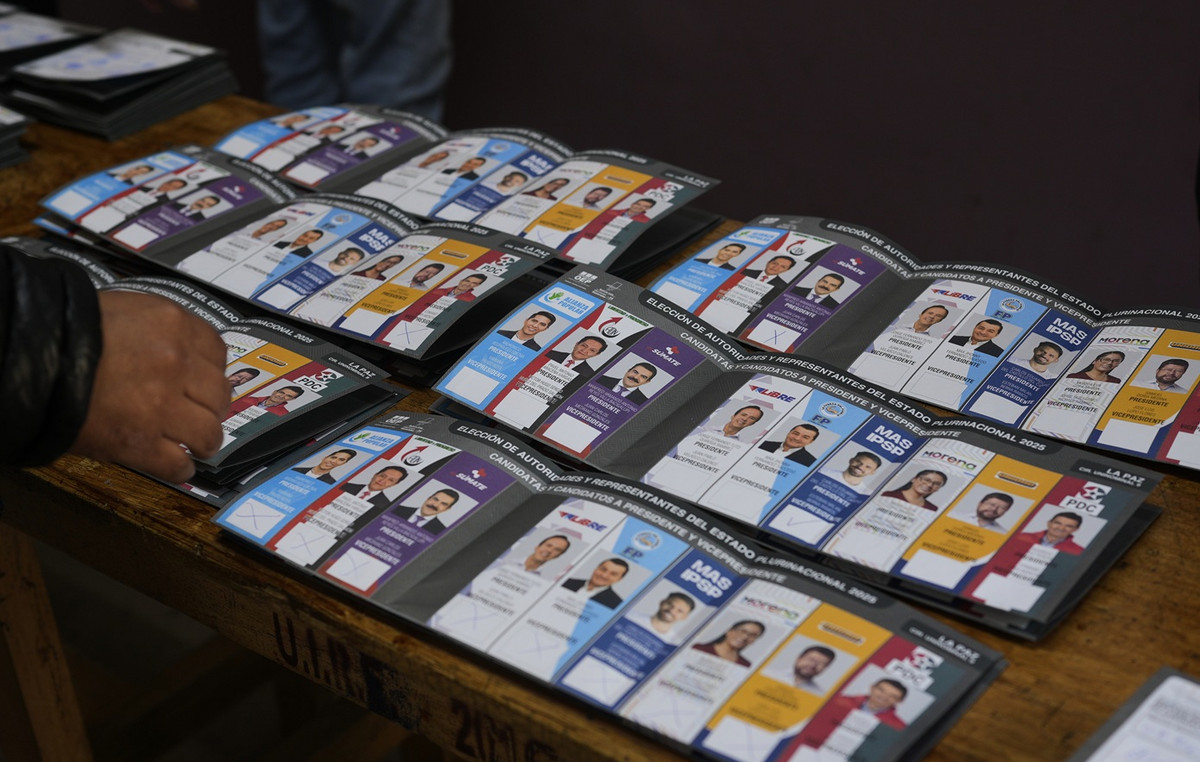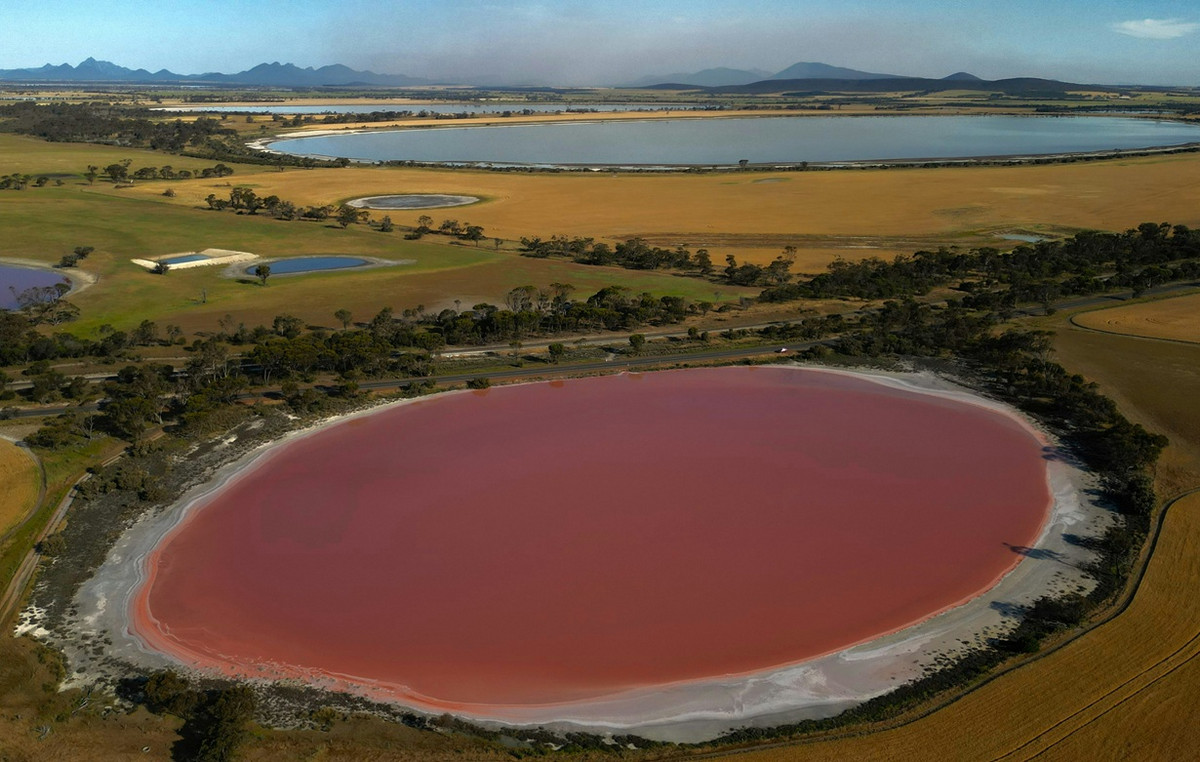The insurance sector will experience an increase in collection of 12.9% in 2022 compared to 2021 and should advance 10% in 2023, projects the National Confederation of Insurance Companies (CNSeg).
Without the Supplementary Health segment, the projected growth in revenue in 2022 rises to 17.1%. For the projections about the end of 2022, a GDP increase of 2.6% was considered.
In 2021, this slice of the sector without health plans raised BRL 306.4 billion and, if the projection is confirmed (+17.1%), this amount should rise to BRL 358.8 billion in the 12 months of 2022. Until October, the sector collected R$ 294.6 billion without considering health plans.
According to the president of CNSeg, Dyogo Oliveira, the forecast for a 10% increase in revenues in 2023 takes into account a projected GDP expansion of 2.2%, supported by the increase in family income, supported, among other factors, by the maintenance and increase in income transfer programs.
“The approval of the Transition PEC and the planned fiscal measures will allow for an increase in household disposable income and an increase in public investment, leading to an increase in economic activity in 2023. We are optimistic for next year”, said Oliveira, who was Minister of Planning in the Michel Temer government.
By disaggregating the 12.9% growth to be seen in 2022, CNSeg highlights the Liability Damage segment, whose revenues are expected to rise by 25.2%.
The projection for Capitalization is an increase of 18.2% and, for Personnel Coverage, which sells Life Insurance and Pension Plans, of 13.1%. Revenues from health plans should rise 7.7% in the year.
In 2022, the Brazilian insurance market will reach a share equivalent to 6.4% of GDP, the same as in 2022. For 2023, CNseg projects that the sector will reach 6.6% of GDP.
For Oliveira, with the stabilization of the economy still in the wake of the end of the covid-19 pandemic, the insurance business will once again gain a share of GDP, which he defined as a “long-term trend for the sector”.
“In developed countries, the insurance industry has a participation of more than 10% of the GDP, the normal is something between 11% and 12% (of the GDP)”, said Oliveira.
Performance through October
Excluding the Supplementary Health segment, the collection of the insurance sector until October 2022 was R$ 294.6 billion, a variation of 17.9% in comparison with the same period of the previous year, according to CNSeg.
The VGBL Family segment was responsible for 33.4% of the evolution in the first ten months of the year. Automobile represented 23.5% and Rural, 7.7%. Capitalization boosted the high of 7.5% and Life, 7.0%, informed Oliveira.
The closure of 2022 will be known by the end of the first four months of 2023, from the disclosure of the database of the Superintendence of Private Insurance (Susep) and the National Supplementary Health Agency (ANS).
Between January and October of this year, the payment of indemnities, benefits, redemptions and raffles totaled BRL 182.9 billion, 18% more than in the same period of 2021, without considering the Supplementary Health segment. In all of 2021, these payments added up to R$ 189.3 billion.
In the period, the products that paid the most were VGBL Family (48.9%), Automobile (13.9%), Capitalization (9.9%), Rural (5.5%), PGBL Family (5.1%) and Life (3.7%).
Source: CNN Brasil
A journalist with over 7 years of experience in the news industry, currently working at World Stock Market as an author for the Entertainment section and also contributing to the Economics or finance section on a part-time basis. Has a passion for Entertainment and fashion topics, and has put in a lot of research and effort to provide accurate information to readers.







